Real Appearances of Roman Emperors with Face Reconstructions
Tunisian-born Haroun Binous, a first-year pharmacy student living and studying in Lausanne, Switzerland, launched a project by imagining what the Roman emperors really looked like. Haroun Binous recreated statues and busts of Roman emperors using artificial intelligence and photoshop.
Haroun Binous had an interest in the Roman Empire since childhood. He made it a hobby of reading long hours of books about the Roman Empire and researching emperors. This curiosity led him to research the facial reconstructions of Roman emperors. But it didn't get any results. Using his imagination, he realized the project with his curiosity about what the Roman emperors really looked like.
It took Haroun more than 8 months to complete the project by drafting the paintings of more than 60 Roman emperors in chronological order. He had to work approximately 3 days to revive each statue.
In his work, he searched for as many busts of an emperor as possible. He worked on repetitive facial features by overlapping the busts he found in Photoshop. Then he colored hair, skin, and eyes in Photoshop.
About Haroun Binous's work “If an emperor has a lot of hair and a beautiful beard, it means a big problem for me. Because the artificial intelligence face works well, but not curly hair and long beards. " saying confessed that emperors were difficult figures.
Lucius Cornelius Sulla Felix (138 BC - 78 BC)
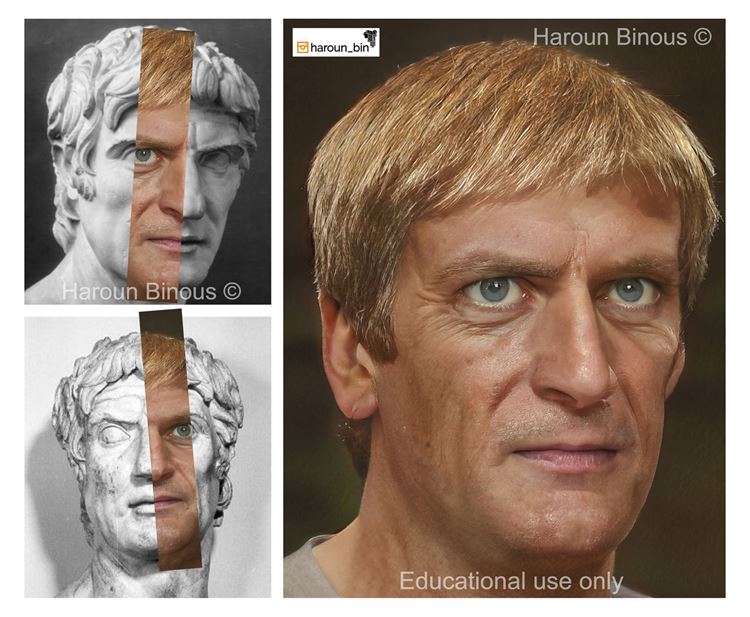
Lucius Cornelius Sulla Felix or commonly known as Sulla, Roman general, and statesman.
Gaius Julius Caesar (July 12, 100 BC - March 15, 44 BC)
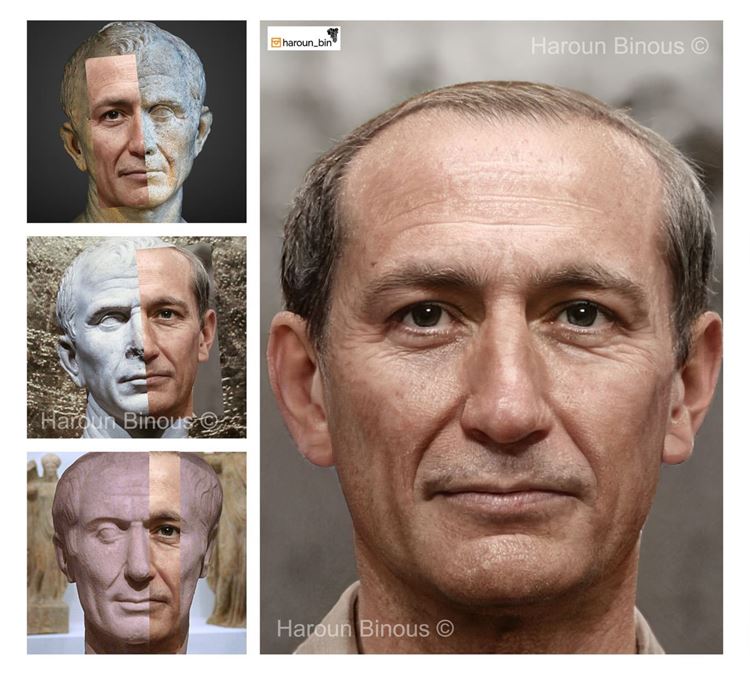
Roman military and political leader. He played a critical role in the transformation of the Roman Republic into the Roman Empire.
Cnaeus Pompeius Magnus (September 29, 106 BC - September 28, 48 BC)
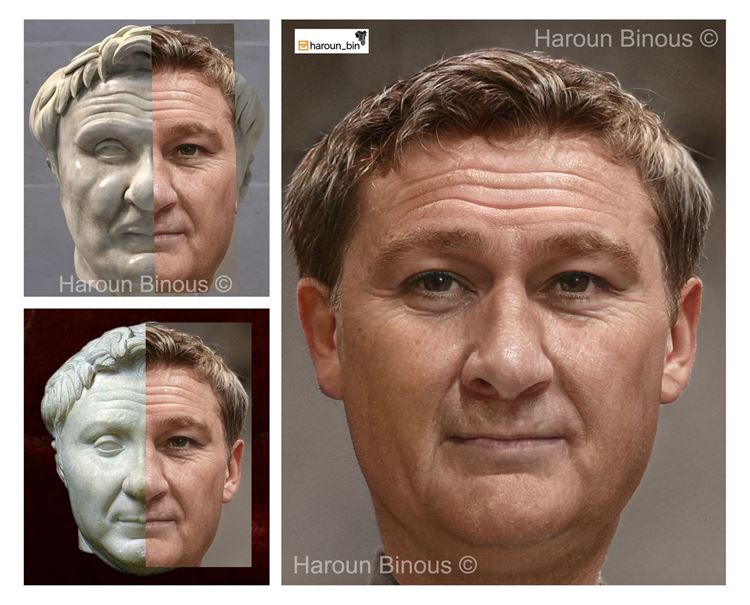
He was a military and political leader in the late Roman Republic.
Marcus Junius Brutus (June 85 BC - October 23, 42 BC)
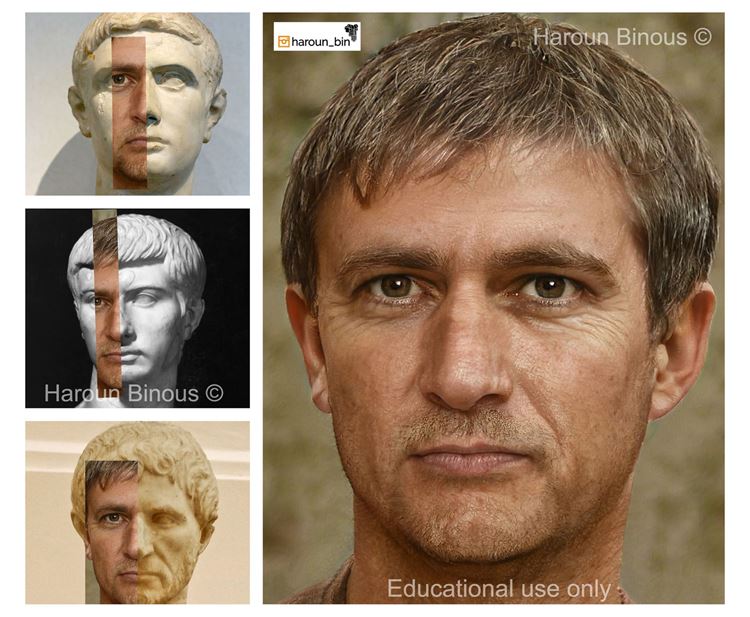
Marcus Junius Brutus, or Quintus Servilius Caepio Brutus, Roman military and political leader.
Marcus Antonius (January 14, 83 BC - August 1, 30 BC)
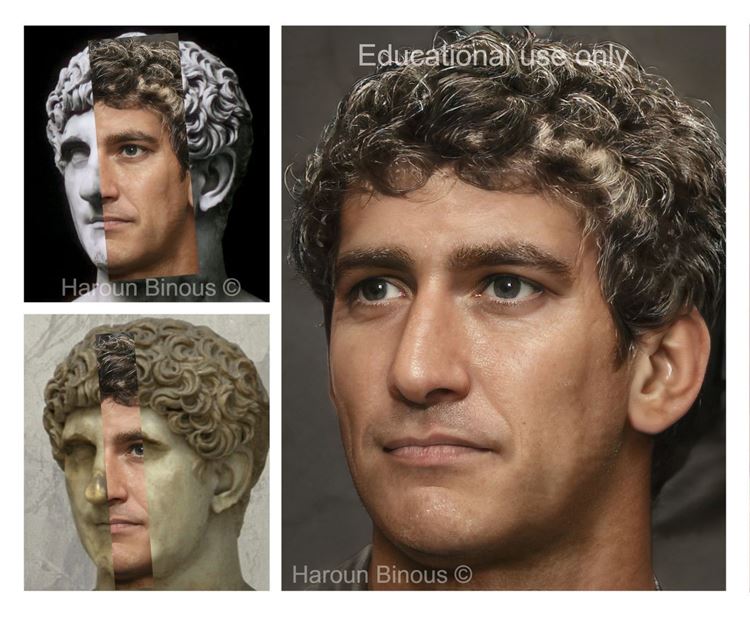
Roman commander.
Augustus (23 September 63 BC - 19 August 14 AD)
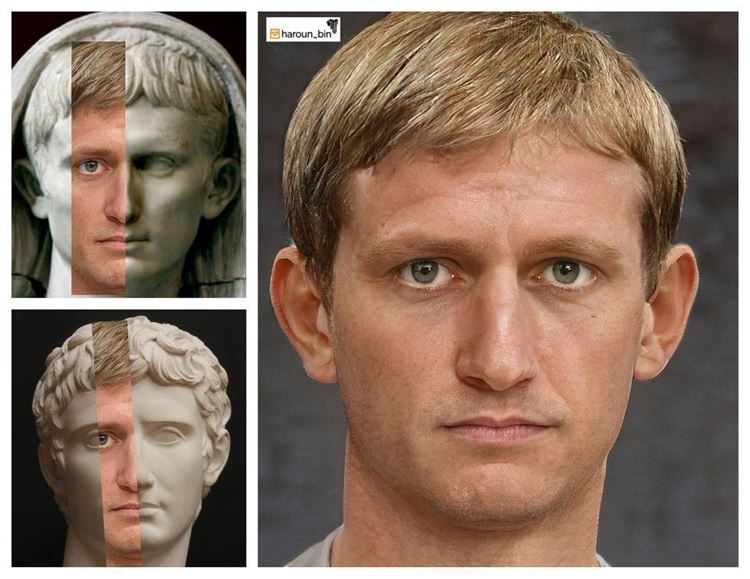
Augustus is the first emperor of the Roman Empire.
Caligula (31 August 12 AD - 24 January 41 AD)
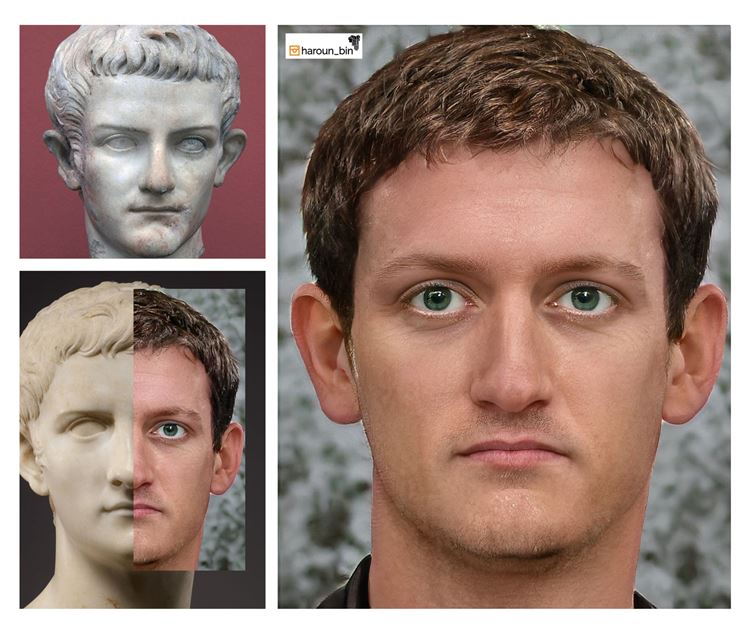
Gaius Julius Caesar Augustus Germanicus, the Julio-Claudian dynasty and third emperor of the Roman Empire.
Nerva (8 November 30 AD - 27 January 98 AD)
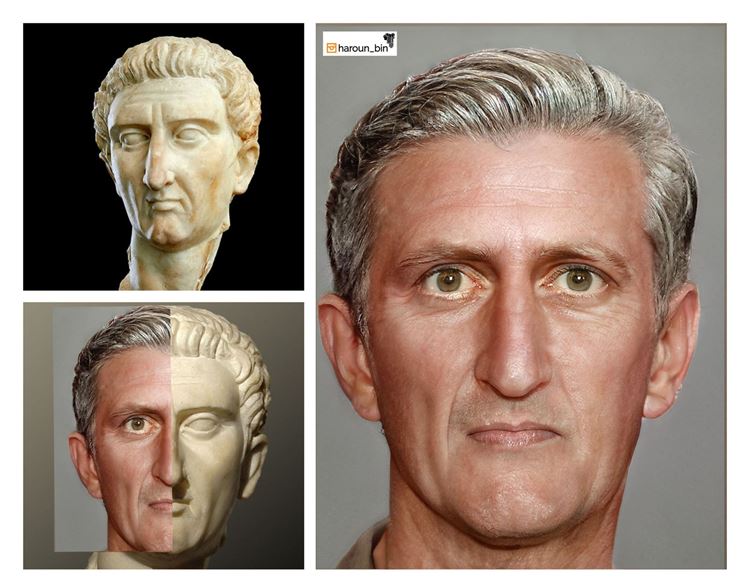
Marcus Cocceius Nerva. Roman Emperor from 96 to 98.
Nero (AD 15 December 37 - AD 9 June 68)
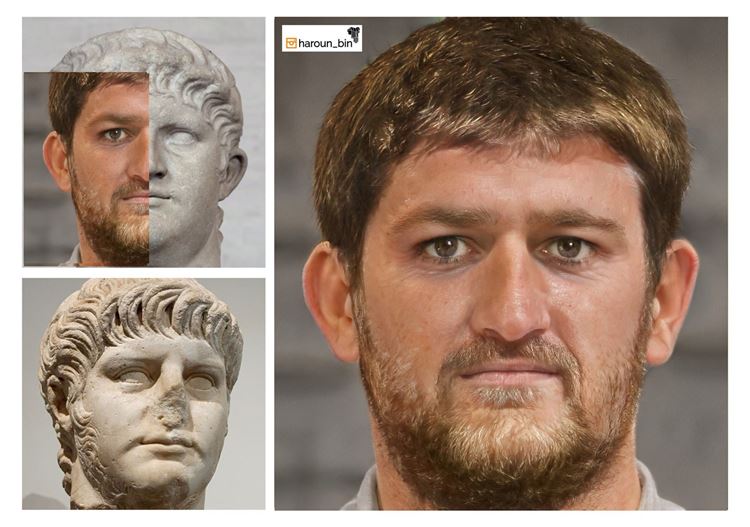
Nero Claudius Caesar, also known as Drusus Germanicus, is the fifth and last Roman Emperor of the Julio-Claudian dynasty.
Hadrian (AD 24 January 76 - AD 10 July 138)
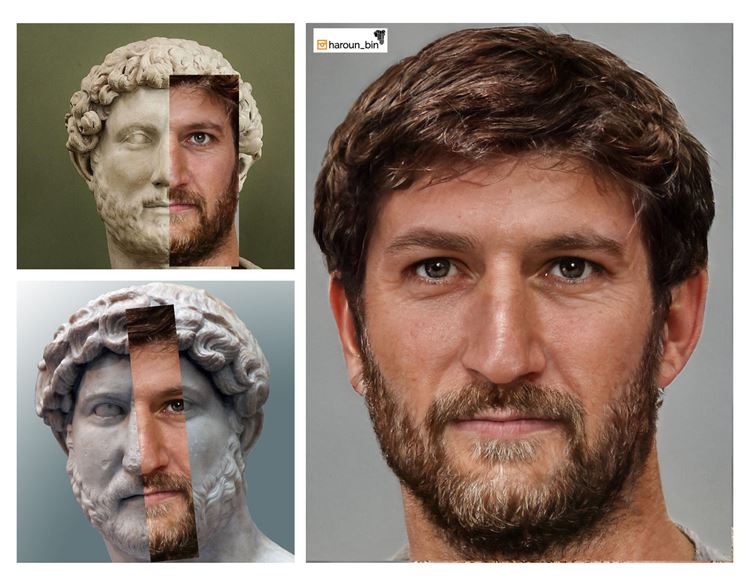
Publius Aelius Traianus Hadrianus, Roman Emperor between the years 117-138, a Stoic-Epicurean, member of the Aelia Clan. Hadrian "is the third of the Five Good Emperors."
Antoninus Pius (19 September 86 AD - 7 March 161 AD)
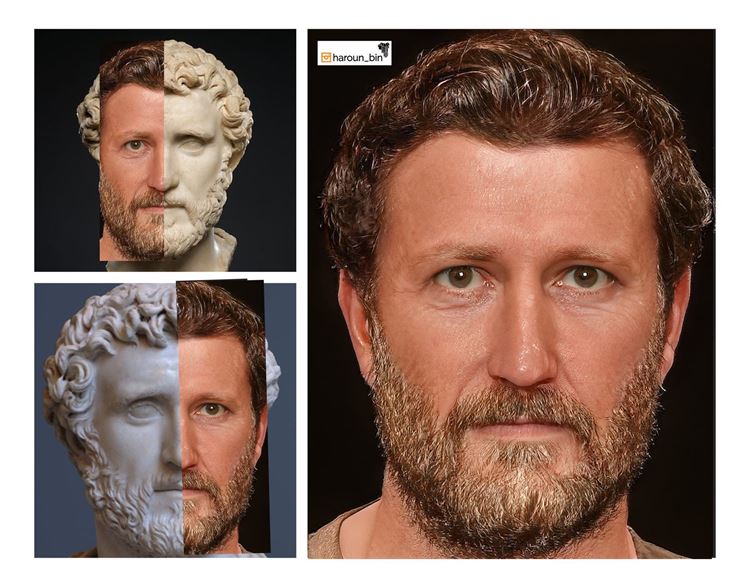
Titus Aurelius Fulvus Boionius Arrius Antoninus Pius. From 138 to 161 Roman Emperors.
Lucius Verus (15 December 130 AD - 23 January 169 AD)
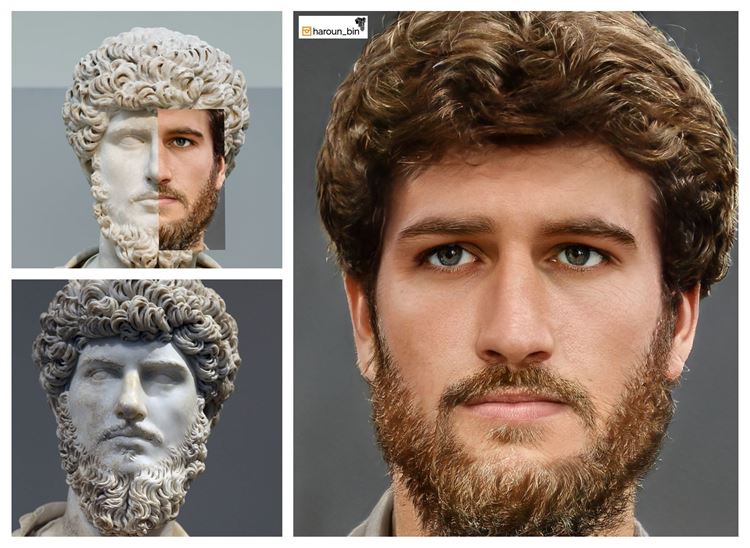
Lucius Ceionius Commodus Verus Armeniacus, Roman Emperor known as Lucius Verus, who was a co-empire with Marcus Aurelius from 161 until his death.
Commodus (31 August 161 AD - 31 December 192 AD)
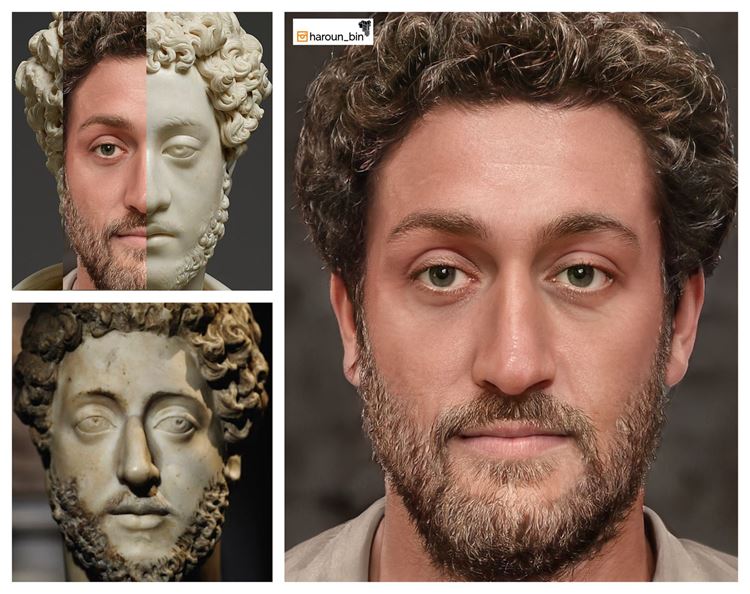
Marcus Aurelius Commodus Antoninus Emperor of Rome 180-192.
Maximinus Thrax (173 AD - 10 May 238 AD)
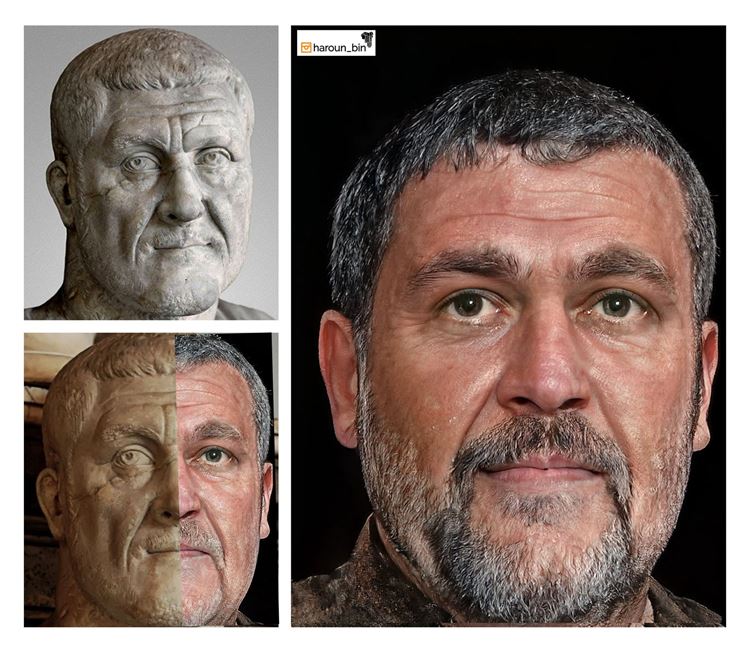
The Roman emperor, who was also known as Gaius Julius Verus Maximinus, Maximinus Thrax, and Maximinus I, ruled between 235 and 238.
Caracalla (AD 4 April 188 - AD 8 April 217)
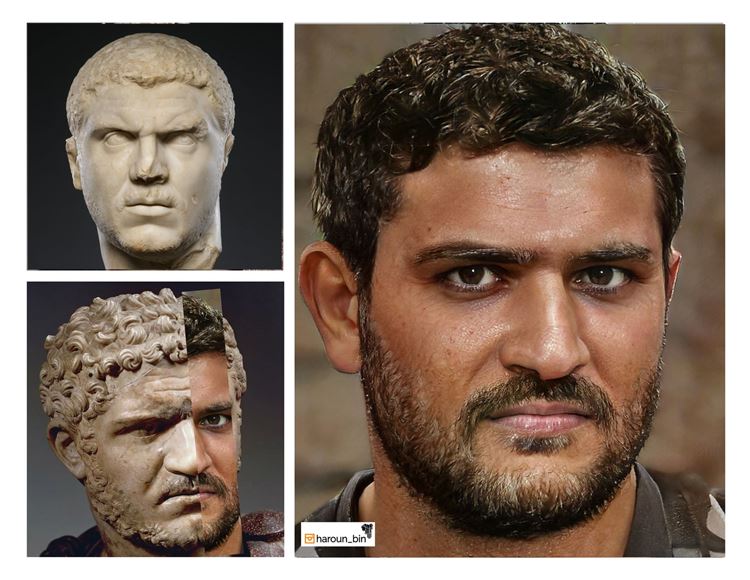
Lucius Septimius Bassianus, Roman Emperor, was enthroned between 211 and 217, also known as Caracalla.
Philip the Arab (AD 204 - AD 249)
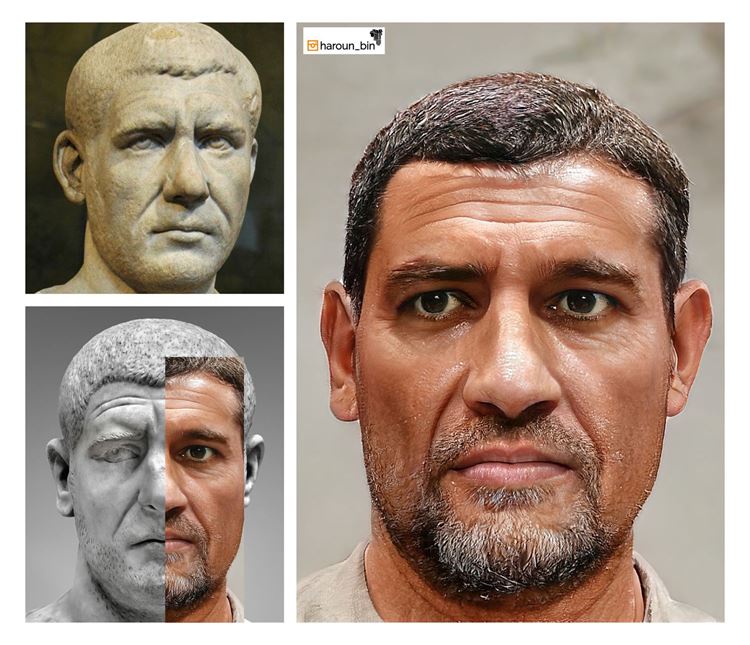
Marcus Julius Philippus is the Roman Emperor, who was known as the "Arab" Philip due to his family roots and ascended to the throne between 244 and 249.
Diadumenian (AD 14 September 208 - AD 8 June 218)
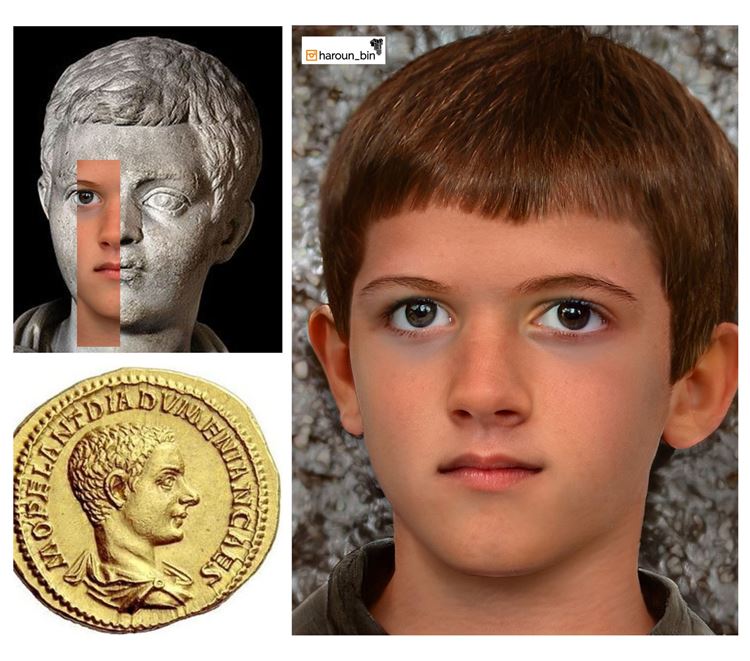
Marcus Opellius Antoninus Diadumenianus or Diadumenian, son of Roman Emperor Macrinus. He became Augustus in 218, after having made according to his father as Caesar between May 217 and 218.
Aurelianus (9 September 214 AD - 25 September 275 AD)
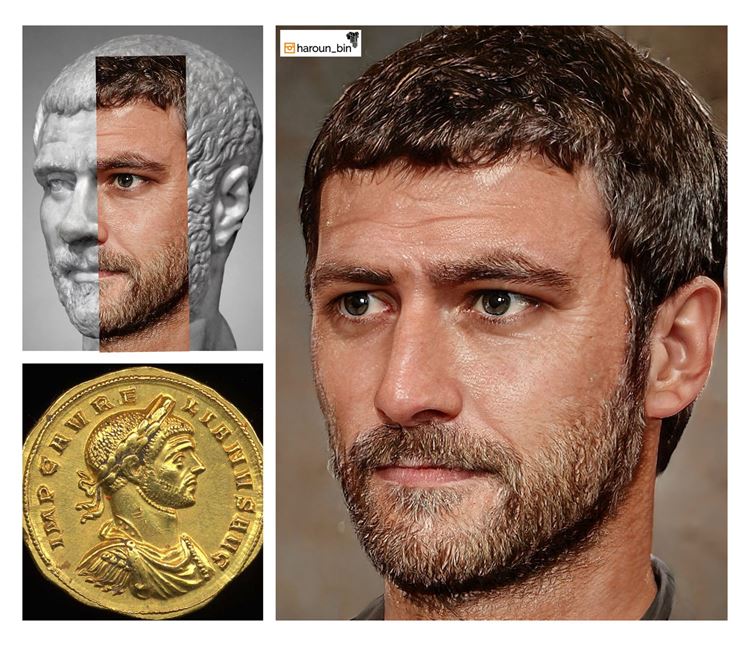
Lucius Domitius Aurelianus is the Roman Emperor known as Aurelian, the second of several successful "military emperors" who helped the Roman Empire regain its power.
Maximian (AD 250 - AD July 310)
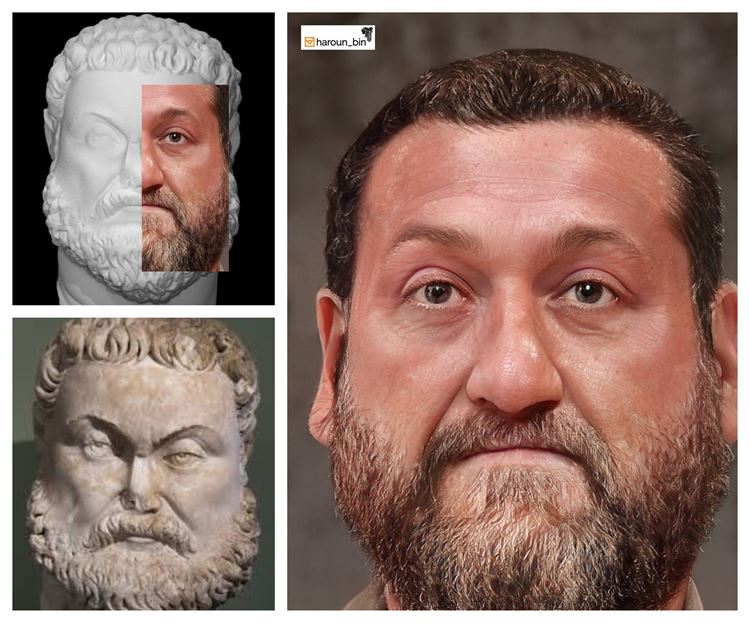
Marcus Aurelius Valerius Maximianus Herculius, also known as Maximian, was the Roman Emperor who served as co-emperor with Emperor Diokletian from 1 March 286 to 305.
Constantius I (AD 31 March 250 - AD 25 July 306)
Constantius Chlorus. Roman Emperor. He is the father of Constantine the Great, the founder of the Eastern Roman Empire.
You can click on the links below for more works by Haroun Bino.












